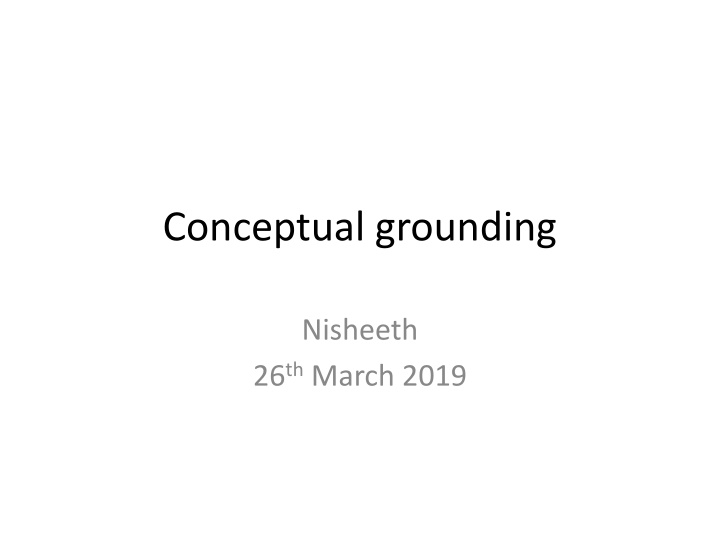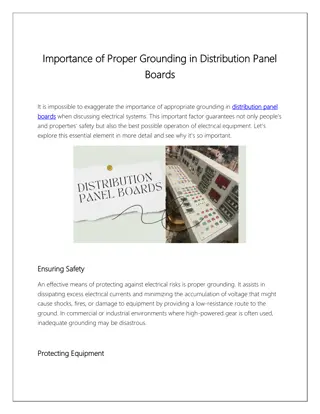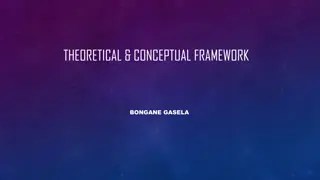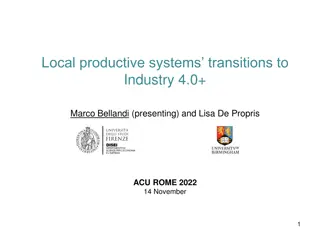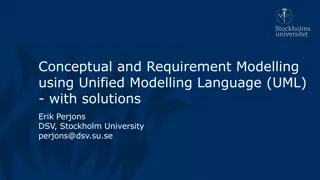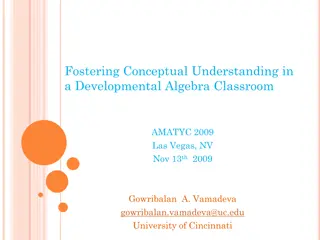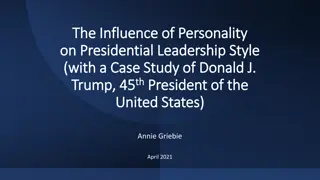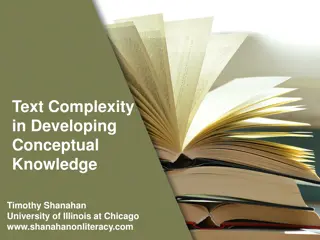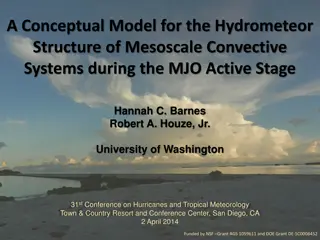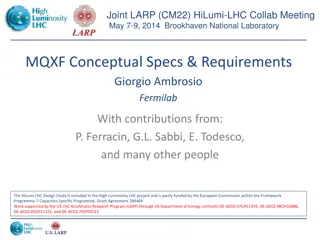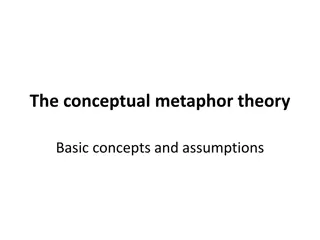Conceptual grounding
Conceptual, Grounding, Semantic Networks
Download Presentation

Please find below an Image/Link to download the presentation.
The content on the website is provided AS IS for your information and personal use only. It may not be sold, licensed, or shared on other websites without obtaining consent from the author.If you encounter any issues during the download, it is possible that the publisher has removed the file from their server.
You are allowed to download the files provided on this website for personal or commercial use, subject to the condition that they are used lawfully. All files are the property of their respective owners.
The content on the website is provided AS IS for your information and personal use only. It may not be sold, licensed, or shared on other websites without obtaining consent from the author.
E N D
Presentation Transcript
Conceptual grounding Nisheeth 26thMarch 2019
The similarity function Objects represented as points in some coordinate space Metric distances between points reflect observed similarities But what reason do we have to believe the similarity space is endowed with a metric distance? Near Far https://pdfs.semanticscholar.org/9bc7/f2f2dd8ca2d5bdc03c82db264cbe0f2c0449.pdf
What makes a measure metric? Minimality D(a,b) D(a,a) = 0 Symmetry D(a,b) = D(b,a) Triangle inequality D(a,b) + D(b,c) D(c,a) Do similarity judgments satisfy any of these properties?
Tverskys set-theoretic similarity Assumptions Matching: s(a,b) = f(a b, a-b, b-a) Monotonicity: s(a,b) s(a,c) whenever a c is a subset of a b, a - b is a subset of a - c, and b - a is a subset of c a Independence: the joint effect on similarity of any two feature components is unaffected by the impact of other components Satisfying model = add up matching features, subtract out distinct features Feature definition unspecified
What Gives Concepts Their Meaning? Goldstone and Rogosky (2002) External grounding: a concept s meaning comes from its connection to the external world Conceptual web: a concept s meaning comes from its connections to other concepts in the same conceptual system Examples of conceptual web approach: Semantic Networks Probabilistic language models
Semantic Networks NORTHSOUTH EAST WEST HOSPITAL PATIENT NURSE DOCTOR LAWYER WEALTHY Hofstadter. Godel, Escher, Bach.
Language Model Unigram language model probability distribution over the words in a language generation of text consists of pulling words out of a bucket according to the probability distribution and replacing them N-gram language model some applications use bigram and trigram language models where probabilities depend on previous words
Language Model A topic in a document or query can be represented as a language model i.e., words that tend to occur often when discussing a topic will have high probabilities in the corresponding language model The basic assumption is that words cluster in semantic space Multinomial distribution over words text is modeled as a finite sequence of words, where there are t possible words at each point in the sequence commonly used, but not only possibility doesn t model burstiness
Language models in information retrieval 3 possibilities: probability of generating the query text from a document language model probability of generating the document text from a query language model comparing the language models representing the query and document topics Commonly used in NLP applications
Implicit psychological premise Document Document Query Document Document Hofstadter. Godel, Escher, Bach. Rank documents by the closeness of the topics they represent in semantic space to the topic represented by the search query
Query-Likelihood Model Rank documents by the probability that the query could be generated by the document model (i.e. same topic) Given query, start with P(D|Q) Using Bayes Rule Assuming prior is uniform, unigram model
Estimating Probabilities Obvious estimate for unigram probabilities is Maximum likelihood estimate makes the observed value of fqi;D most likely If query words are missing from document, score will be zero Missing 1 out of 4 query words same as missing 3 out of 4
Smoothing Document texts are a sample from the language model Missing words should not have zero probability of occurring Smoothing is a technique for estimating probabilities for missing (or unseen) words lower (or discount) the probability estimates for words that are seen in the document text assign that left-over probability to the estimates for the words that are not seen in the text
Estimating Probabilities Estimate for unseen words is DP(qi|C) P(qi|C) is the probability for query word i in the collection language model for collection C (background probability) D is a parameter Estimate for words that occur is (1 D) P(qi|D) + D P(qi|C) Different forms of estimation come from different D
Dirichlet Smoothing D depends on document length Gives probability estimation of and document score Take home question: what is Dirichlet about this smoothing method?
Query Likelihood Example For the term president fqi,D= 15, cqi = 160,000 For the term lincoln fqi,D= 25, cqi= 2,400 document |d| is assumed to be 1,800 words long collection is assumed to be 109 words long 500,000 documents times an average of 2,000 words = 2,000
Query Likelihood Example Negative number because summing logs of small numbers
Strong correlation with human similarity ratings Scaled NGD Human similarity ratings
